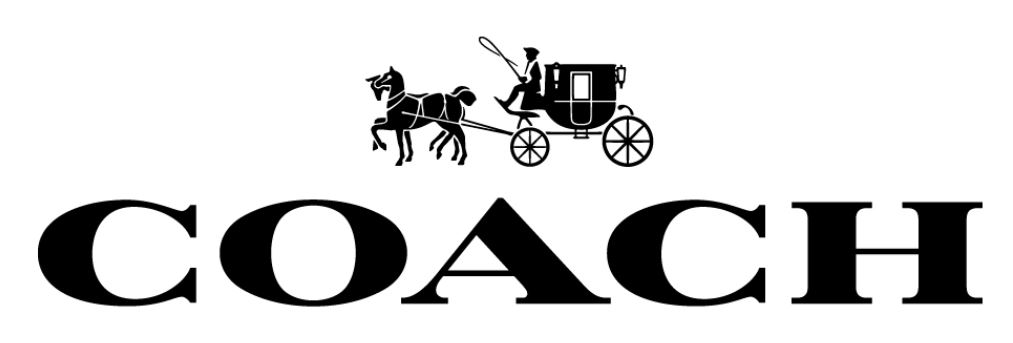
Web Developers
Coach reported fiscal-second-quarter 2016 EPS of $0.68, excluding onetime items, versus the consensus estimate of $0.66.
Total sales were up 4%, or up 7% on a constant-currency basis, to $1.27 billion. Coach brand sales declined by 3%, to $1.18 billion, while Stuart Weitzman sales totaled $94 million.
Sales in North America were down 7%, while comps in the region were down 4%, in line with expectations. Total sales were $731 million versus consensus of $738.5 million. North American department store sales fell at a mid-single-digit rate, while net sales into department stores declined to a similar degree.
International sales were $437 million versus consensus of $438.3 million. Results were driven by strength in Europe, which saw a double-digit sales increase. Sales in China were up 2% in dollars and up 5% in constant currency. Results were led by double-digit growth and positive comps on the Mainland, but were partly offset by continued weakness in Hong Kong and Macau. Sales in Japan rose by 2% on a constant-currency basis, consistent with expectations, despite a decrease in square footage. Dollar sales in Japan declined by 3%, reflecting the weaker yen.
Coach maintained its full-year revenue guidance (on a constant-currency basis) and its operating margin guidance, though it is raising its forecast for operating income based on second-quarter results for the Stuart Weitzman business. Total revenue is expected to increase in the low single digits, while operating margins are expected to be in the mid- to high teens.
Stuart Weitzman sales and margins outperformed over the holiday season, and the company is now expected to generate sales of $340 million for the full year. Boots performed particularly well, despite the unseasonably warm weather.
The period represented improvement in the company’s turnaround plan, which it began to implement several years ago. The company’s store channel improved, led by full-price stores, while outlet stores also improved, despite lower tourist traffic and a highly promotional environment.
Management expects to achieve positive comps in the fiscal fourth quarter, following years of declines.
The inflection in comps in the holiday quarter was driven by an improvement in conversion as product, store and marketing initiatives took hold. Store traffic also improved sequentially, despite a significant weakening in mall traffic.